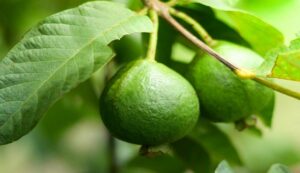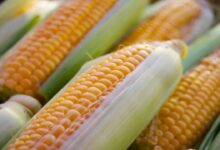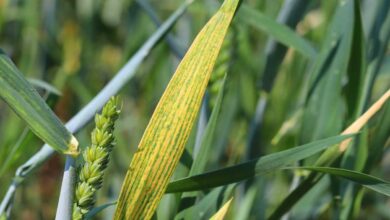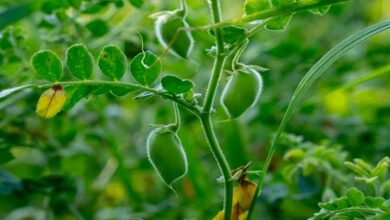Guava Gardening: Do not make this mistake while cultivating guava, otherwise the crop will be ruined
Guava Gardening: Taiwan Pink Guava is grown by farmers in April, and it generates a healthy profit for them. Since guava plants grow fruit for a long time after they are planted, it is crucial for farmers to follow some key precautions while planting fresh guava plants. According to agricultural experts, if fertilizer is applied incorrectly while the plant is being planted, it may also become worthless or its growth may cease. Therefore, let’s get advice from the specialist on when and how to fertilize the crop.

Information was provided by a scientist
According to horticulture expert Rahul Verma, growing Taiwan Pink Guava may help farmers make a healthy profit at a reasonable cost. Farmers who want to plant guavas in April should attend to a few crucial matters while the plantation is in operation. Additionally, he advises farmers to exercise caution while spreading cow dung manure since even a little error might kill the plants or hinder their development.
Avoid this error while applying fertiliser
Experts also advise farmers to mix rotting cow dung manure into the soil to satisfy the needs of micronutrients and boost the quantity of organic carbon in the soil. However, while doing so, keep in mind not to place the manure straight into the planting hole. He said that decaying cow dung manure may be put into the soil while the field is being prepared. Guava trees may then be planted, and if farmers have vermicompost on hand, they can include it in the planting process.
When to apply fertilizer for the first time
According to Rahul Verma, in April, farmers have to sow guava plants straight into the ground. Keep all organic materials out of the pit. Vermicompost should be added to the soil and mixed in while weeding the plant for the first time. The plant will grow more quickly if this is done.
Use NPK throughout the first several days
It is vital to satisfy the required nutrients for the development of the plant. In the first few days, growers may make an NPK solution and apply a dressing close to the plant’s roots. In addition, if Jeevamrit is accessible, farmers may utilize it.





